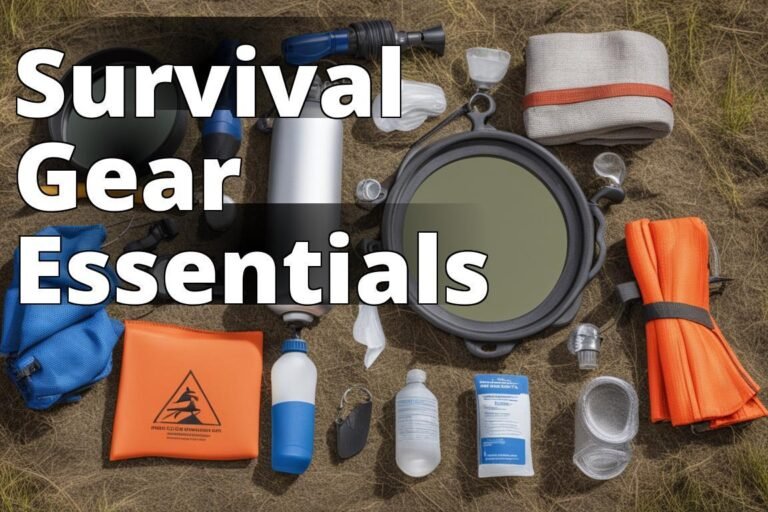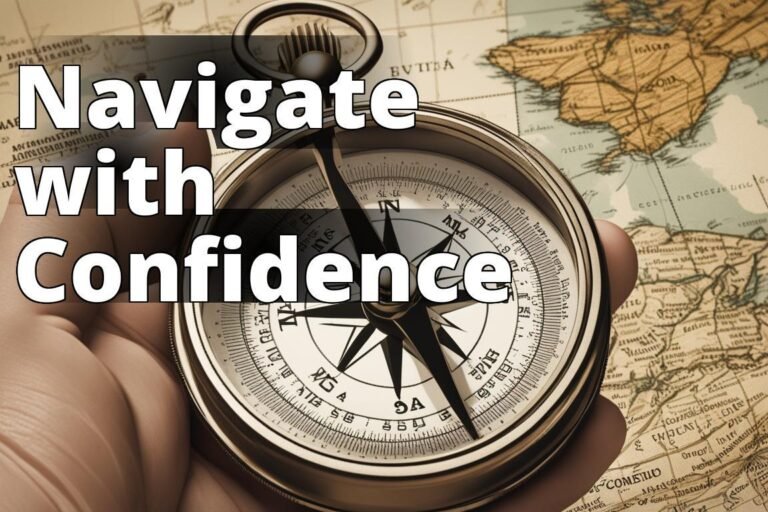How to Use a Compass
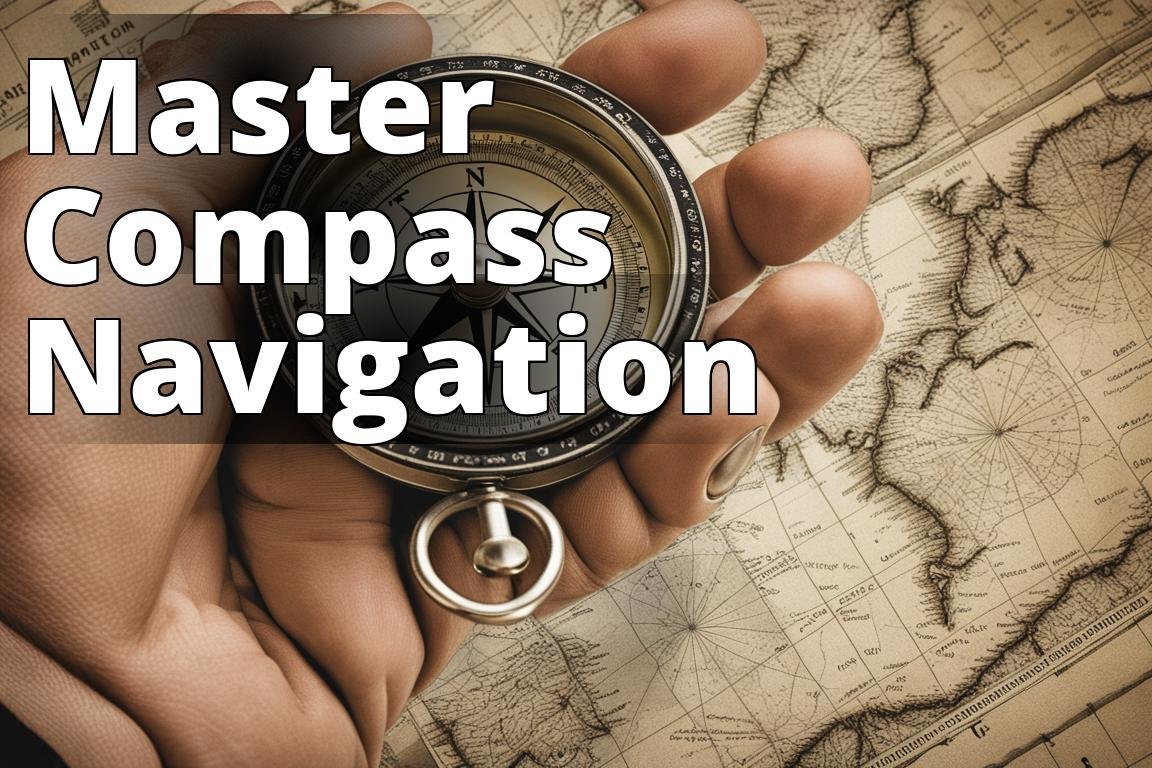
Forget about modern-day GPS devices with their fancy satellite connections and touchscreen interfaces. Today, we’re going back to basics, exploring the timeless art of navigating the wilderness with nothing but a compass and your wits. This isn’t just a skill; it’s an ancient rite, blending the mystique of outdoor survival with the precision of a Swiss watch. So, buckle up, adventurers, as we embark on a journey through the magnetic world, learning how to navigate with a compass, the tool that has guided explorers, pirates, and lost hikers back to civilization since time immemorial.
Learn to Navigate With a Compass
- Orient the compass to find your direction.
- Follow your route using the compass.
- Use additional features like GPS, bearing, and protractor for navigation.
Step 1: Orient the Compass
First things first, let’s get our bearings straightliterally. To use a compass effectively, you must orient it with the landscape around you. This isn’t rocket science, but it might as well be if you’re directionally challenged.
- Hold the compass flat in your hand. Yes, it needs to be level with the ground. No, holding it up to your eye like Jack Sparrow wont make you look cooler or improve its accuracy.
- Rotate your body until the compass needle points north. Congratulations, you’ve now found north. Celebrate this small victory; the journey ahead is fraught with magnetic anomalies and existential crises about your place in the universe.

Insider Tip: “Always make sure your compass isn’t next to your smartphone or any metal objects. Magnetic fields have a notorious love affair with compass needles, leading them astray.”
Step 2: Find Your Direction
Now that you’ve acquainted yourself with north, it’s time to figure out where the heck youre going. This step is crucial unless aimlessly wandering through the wilderness is your idea of a fun Saturday.
- Determine your desired direction. This might be toward a specific landmark, back to your campsite, or away from the bear you accidentally invited to dinner.
- Align the direction of travel arrow on your compass with your intended path. This arrow is your best friend; treat it well.

Step 3: Follow Your Route
You’ve got your direction; now it’s time to put one foot in front of the other and start moving. This is where the rubber meets the road, or more accurately, where your boots meet the dirt.
- Keep the compass level and the needle aligned with north. If your compass starts spinning like a DJ at a nightclub, you’ve probably lost your alignment.
- Periodically check your compass to ensure you’re still on course. The wilderness has a funny way of making straight lines feel like a labyrinth.

Step 4: Read the Map
If you’re thinking, “Wait, there’s a map involved?” then congratulations, you’ve just realized that a compass isn’t a magical artifact that teleports you to your destination. Reading a topographic map in conjunction with your compass is like peanut butter meeting jellyits a match made in navigational heaven.
- Understand the symbols and contours on your map. Each line, symbol, and color has a purpose, telling you about rivers youll need to ford, mountains youll need to climb, and swamps youll definitely want to avoid.
- Align your map with the landscape. This requires matching landmarks on the map with those in your environment. It’s a bit like playing matchmaker, but with rocks and trees.
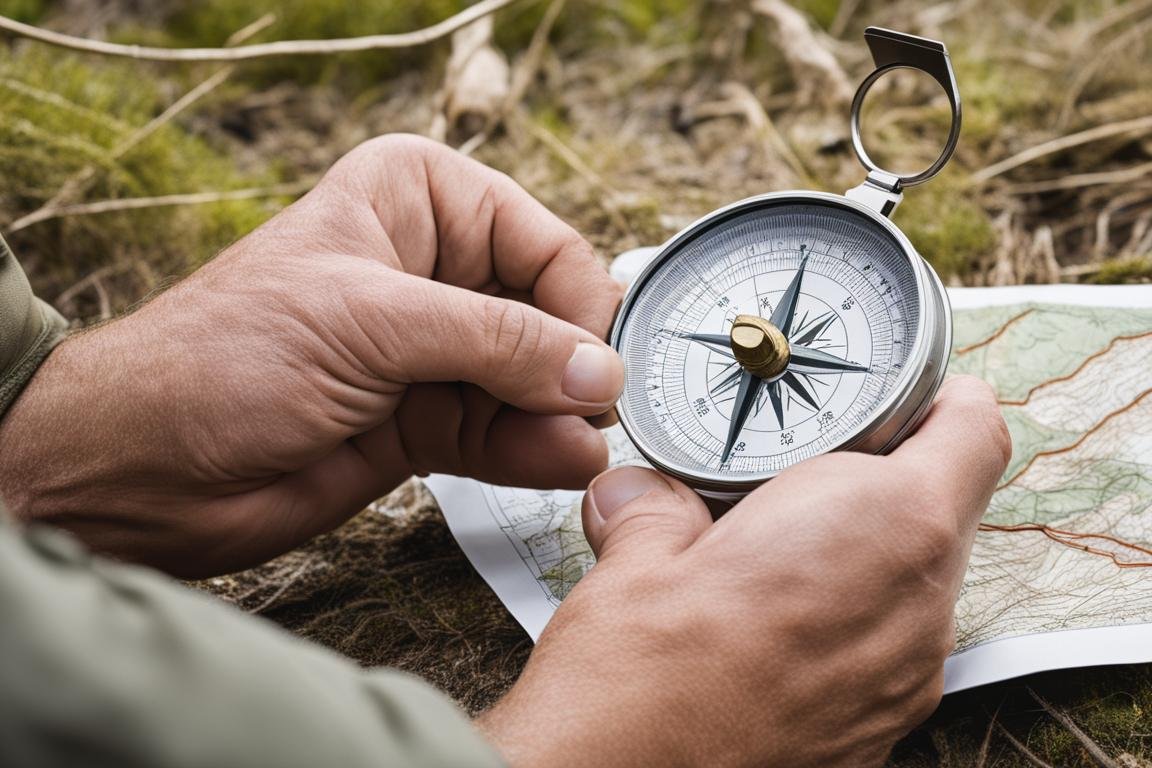
Step 5: Use a Compass With Your GPS
Yes, I know we started this guide with a touch of scorn for the digital navigators among us, but let’s be real: combining a compass with your GPS is like having Batman and Superman on the same team. You get the best of both worldsthe reliability and precision of a compass with the convenience and additional features of a GPS.
- Use your compass for general direction and your GPS for specifics. This way, if your GPS dies, you wont be left wondering which way is up.
- Keep a record of your waypoints. Modern problems require ancient solutions, but a little bit of digital backup never hurt anyone.

Insider Tip: “Always carry extra batteries for your GPS, but remember, your compass doesn’t need them. It’s powered by the Earth’s magnetic field, which, last time I checked, doesn’t run out of juice.”
Step 6: Take a Compass Bearing
Taking a bearing is essentially telling your compass, “I want to go that way,” and then trusting it to guide you. It’s a leap of faith, with a bit of magnetic science to back you up.
- Point the direction of travel arrow toward your destination.
- Turn the bezel until the orienting arrow lines up with the north end of the compass needle. You now have your bearing.
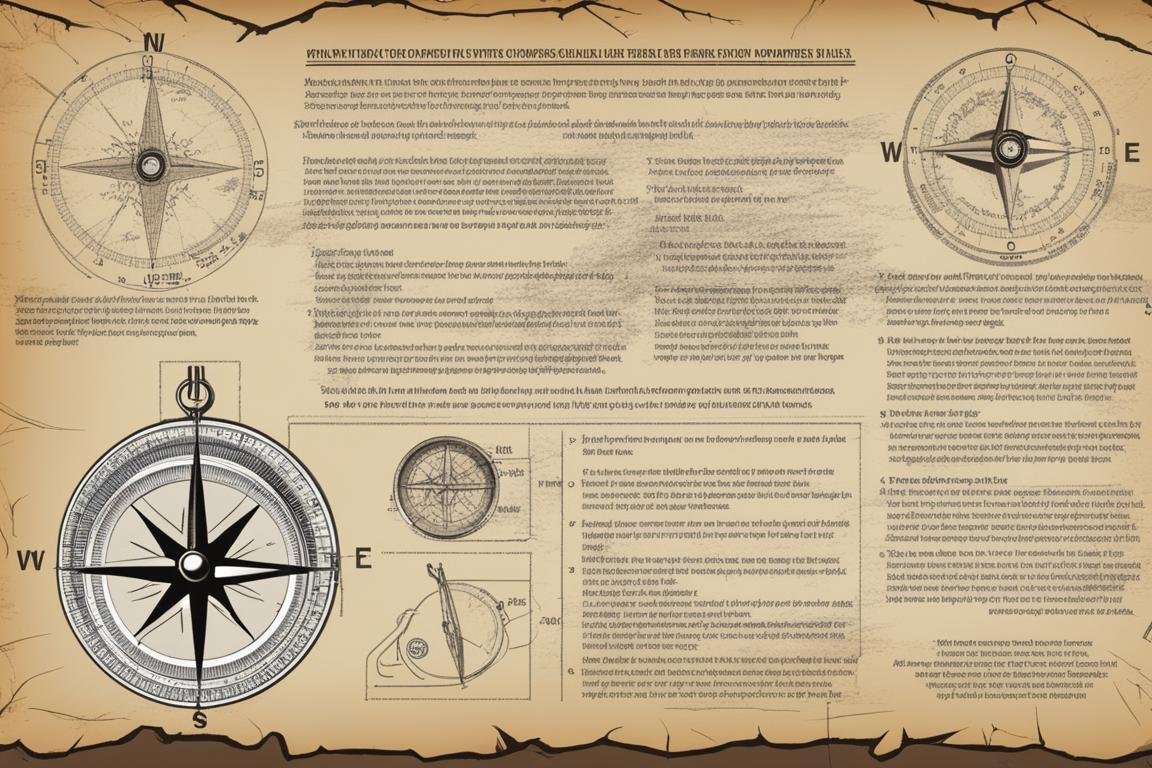
Step 7: Follow a Compass Bearing
With your bearing set, it’s time to follow it like a breadcrumb trail back to Grandma’s house. Except, in this case, Grandma’s house is a distant mountain peak or a serene lakeside campsite.
- Keep the needle aligned with the orienting arrow as you move. This is your compass telling you, “Yes, keep going this way.”
- Navigate around obstacles. If you encounter a river or cliff, navigate around it while keeping your bearing in mind. Think of it as a temporary detour on your road trip.

Step 8: Adjust for Declination
Magnetic declination is the difference between magnetic north and true north. Ignoring it is like ignoring your ex at a partyit might work out fine, but more likely, it’ll lead you astray.
- Find the declination for your area. This can usually be found on your map or by a quick internet search.
- Adjust your compass accordingly. Some compasses have a built-in adjustment, while others require you to do a bit of mental math.
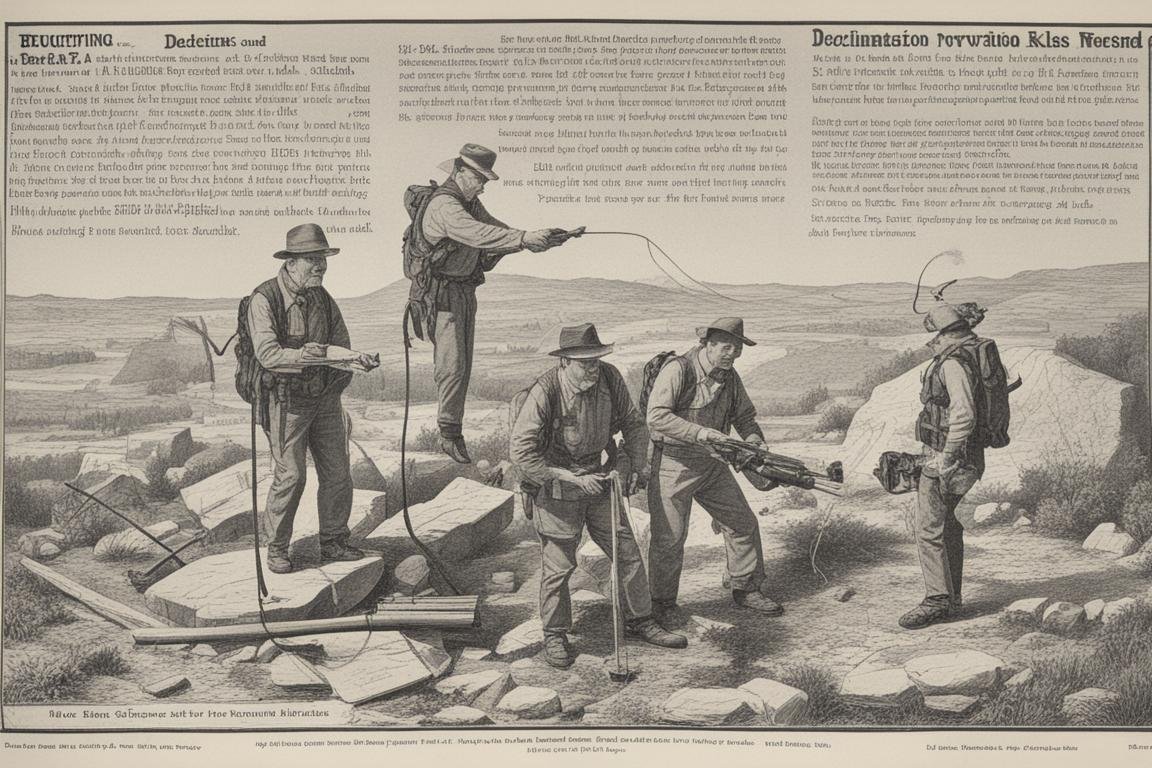
Step 9: Use a Compass as a Protractor
Remember that protractor you used in school and thought youd never need again? Well, your compass can serve as one, helping you measure angles on your map.
- Align the straight edge of your compass with your route on the map.
- Use the degree markings on the bezel to determine the angle. This can help you calculate distances and more accurately plan your route.
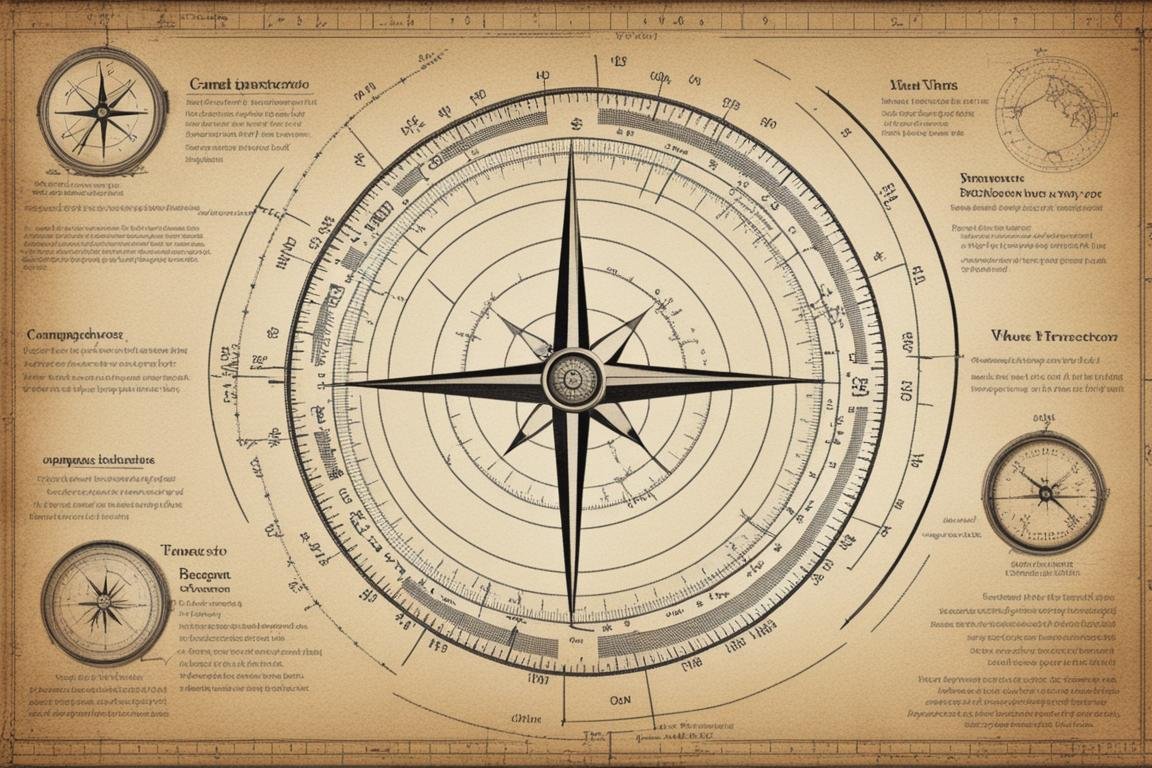
Step 10: Use a Compass as a Clinometer
For the truly adventurous who find themselves on steep terrain, your compass can also tell you the angle of a slope. This is useful for assessing avalanche risk or just satisfying your inner geek.
- Tilt the compass until the slope matches the edge. Some compasses have a special clinometer scale for this purpose.
- Read the slope angle. Now you can brag about the exact steepness of the hills you’ve conquered.
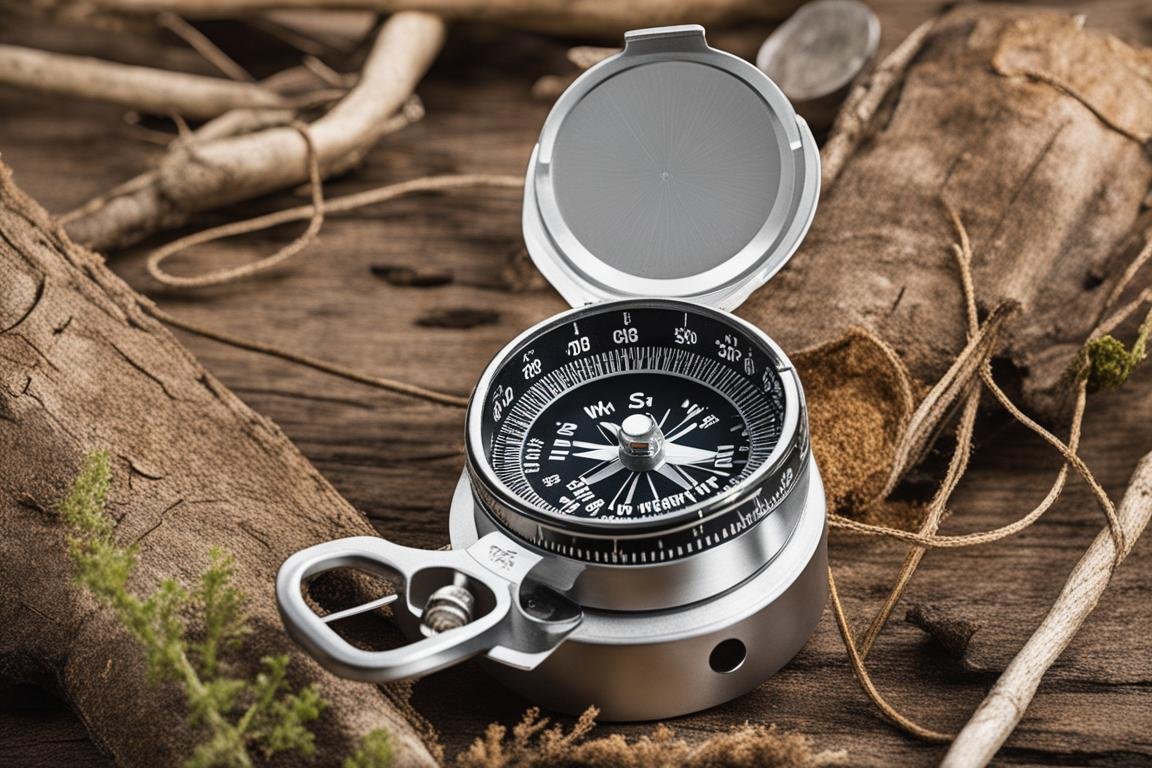
Step 11: Use a Compass as a Mirror
No, not for checking if you have food in your teeththough it can serve in a pinch. The mirror in a compass is actually for signaling rescuers or for more precise navigation.
- Use the mirror to reflect sunlight. This can signal airplanes or search parties if youre in distress.
- Align the mirror with your target for more accurate bearings. It’s like having a sniper scope for your compass.
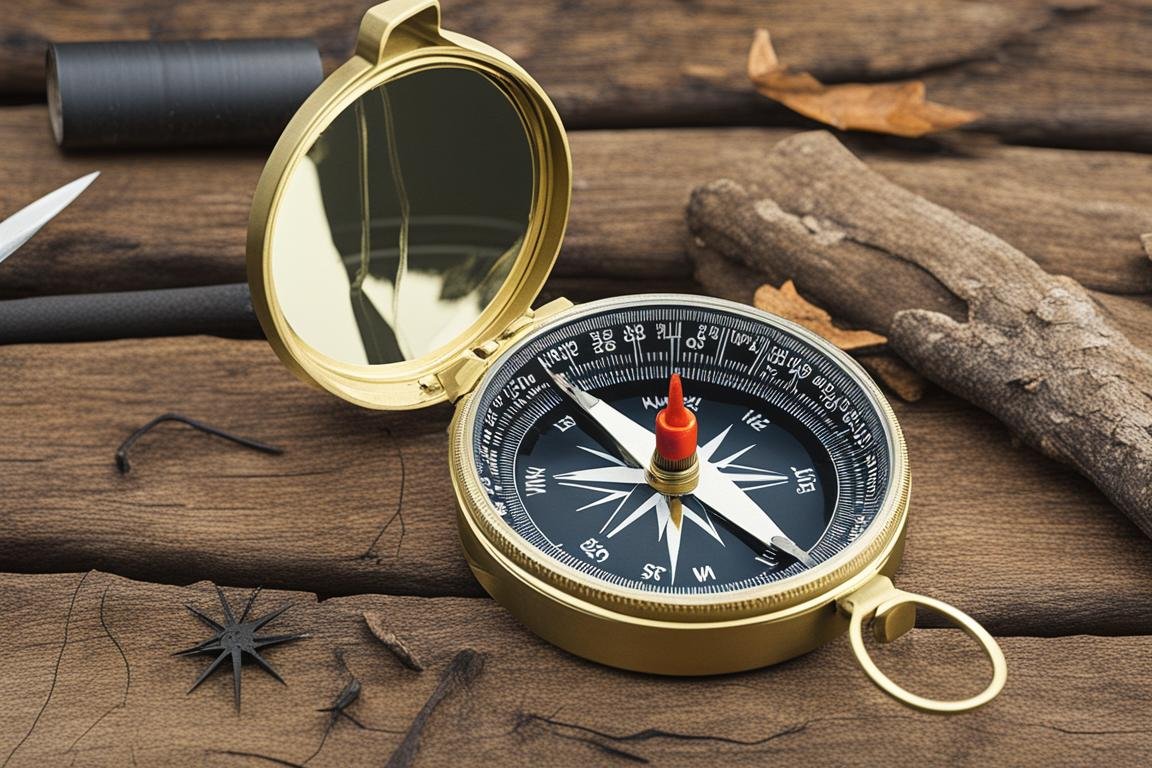
Stoic Wilderness Quote: “In the wilderness, the compass and your mind are your best allies. Trust them, and they will guide you home.” – Unknown
And there you have it, a comprehensive, albeit slightly irreverent, guide to navigating the wild with nothing but a compass and your wits. Remember, in a world that’s increasingly digital, knowing how to navigate the old-fashioned way isn’t just a skillits a declaration of independence from the grid.
For those ready to take their compass skills to the next level, check out this affordable, high-quality compass perfect for your next adventure. And don’t forget to brush up on your skills with more resources from our site:
- Outdoor Navigation
- How to Survive Lost in the Wilderness
- Outdoor Survival Tricks
- How to Hike with Your Dog
- Exploring the Outdoors with Your Cat
- Beginner Bushcraft Skills
- How to Catch Fish Without Tools
- Trail Blazers’ Guide: Top Hiking Apps to Track Your Progress
- Best Outdoor Survival Skills to Master
- Epic Hikes to Challenge Your Inner Explorer
Navigating with a compass isn’t just about finding your way; it’s about connecting with the environment, understanding the land, and, most importantly, discovering yourself. So go ahead, step away from the screen, pick up your compass, and step into the great unknown.
Questions
Who should learn how to navigate with a compass?
Outdoor enthusiasts, hikers, campers, and survivalists can benefit.
What is the importance of knowing how to use a compass?
It helps you find your way when GPS or electronic devices fail.
How can I navigate with a compass effectively?
Hold the compass level, align the needle, and follow the direction.
What if I get lost even with a compass?
Practice using your compass in different terrains and conditions.
How do I deal with a broken compass in an emergency?
Learn alternative navigation methods like using natural signs.
Isn’t it easier to rely on GPS instead of a compass?
GPS can fail due to battery issues or signal loss, so knowing both is crucial.




